Sony Xperia XA1 Review: In this post, we are going to tell you everything about Sony Xperia XA1 Review, Pros, and Cons.
Sony Xperia XA1 Review
Introduction and unboxing
The Xperia XA1 is an update of the XA, with a small overhaul in design and great improvement in hardware. OlaGizmo received a copy in pink, kindly given by Sony itself to carry out our tests and to bring you our reader on our analysis of the device.
Let's start with unboxing. The packaging is very simple and elegant. It has the format of Sony's elite smartphones from last year whose cover covers the entire bottom and can be pulled pulling up. However, the material is more malleable than the version of the most expensive smartphones.
Below the XA1 we find the following accessories, all packed separately: the starter guide; The wall adapter, which has output of 5 volts and an amp and a half, without fast charging, unfortunately; And the data and power cable, with the USB connector type C. In the commercial version, as we checked, there is also a standard in-ear earphone.
You may also like: Meizu Pro 7, Meizu Pro 7 Plus Launched
Design and screen
The finish has full metal sides, which may slightly explain the value higher than that charged by Motorola on the G5 Plus. The device is 145 x 67 mm high and wide, with a thickness of 8 mm. And it weighs 143 grams. It is not so heavy if you remember which sides are metal. He has a good footprint and looks very strong to the touch, too.
On the left side, you find the chip tray and expansion card. Just pull it out, and the device automatically restarts if it is turned on when you do. It has an entry for two attendant cards. And the microSD. There are three separate slots so you can use two lines and one expansion card without problems.
On the right side, we have the volume button, in the same color as the device, the power button, in the round format, and underneath a button unique to the camera. Apart from volume, all are properly identified.
The bottom has the speaker and data cable and power input, while the top has the headphone jack and the noise reduction microphone.
The XA1 is, even more, square than its predecessor, and the rear has been slightly redesigned, but the camera went a little off the edge, maintaining the overall layout, with the sensor on top and flash below. The sensor has no spines. In the center we have the identification of the NFC and, more in the middle, the name Xperia.
Already on the front, we have the loudspeaker right up in the center, in addition to the front camera, light sensors and proximity, and an adhesive that indicates that the device is dual SIM, removable. Down below, plus edge and microphone. But at least the screen has minimal side edges.
The IPS LCD display has 5 inches and HD resolution, ie 720 x 1280 pixels. This results in an approximate density of 294 ppi. This screen still features Gorilla Glass protection.
In our screensaver comparison, we have seen that the XA1 has almost maximum brightness for use under sunlight unless you turn on the adaptive brightness. The minimum brightness is too high for comfortable use in dark environments.
But the device has good color quality, with light saturation, which gives a very high level of fidelity.
Hardware and Performance
The Xperia XA1 has a MediaTek MT6757 chipset, the Helio P20, with four 2.3GHz cores and four other 1.6GHz chipsets, both Cortex-A53. The graphics card is the Mali-T880MP2, and the device still has 3GB of RAM and 32GB of space for internal storage, expandable with a microSD card.
In our speed test, the device took one minute and 51 seconds to open the 12 applications we use. The first lap was held in one minute and 16 seconds, and the second lap took another 34 seconds.
We also did some benchmark tests, which gave the following results:
- 62.458 points in AnTuTu
- GeekBench: 820 points in single core, 3,712 in multi-core
- GeekBnech GPU: 2,750 points
- 3D Mark: 678 points in Extreme Sling Shot
- GFX Bench
- Manhattan: 15 fps (HD) / 6.2 fps (Full HD)
- T-Rex: 32 fps (HD) / 21 fps (Full HD)
In hands-on gaming tests using the GameBench tool, we got 30 frames per second on Asphalt 8, 39 frames per second on Modern Combat 5 and 60 fps on Subway Surfers.
That is, it is a great device for everyday use, with great speed of opening and switching applications, and also does not leave you at the time of playing, as long as you are not a very demanding guy.
Read This: Gionee A1 Plus Launched in India at Rs 26999
Camera
This smartphone has a 23-megapixel main camera with f / 2.0 aperture and the ability to record videos in Full HD at 30 fps. On the front sensor, the maximum resolution drops to 8 megapixels but retains the other features. The selfie camera still provides auto focus to help you get the best photos for Facebook and Instagram.
As for the camera application, it does not have many secrets for those who are accustomed to Sony devices. By sliding up and down, you switch between camera modes: video, auto, manual, and camera applications. Sliding from left to right, switches between the front and rear sensors.
In the left corner has a button to toggle between the cameras, too, and one for the flash settings. On the right, you have the camera roll, with the most recent photo, the capture button, and the settings button. Manual mode allows you to adjust white balance, exposure value, shutter speed, and focus options.
As for the quality of the photos, as we saw in our comparison of cameras, they are more than reasonable and may fall more to the liking of many people compared, for example, with the Moto G5 Plus, which I still consider the best camera in the range. price. And I explain why, but I make it clear that this does not mean that Sony's smartphone camera is not great for the category.
XA1 has a very heavy post-processing, leaving some photos a bit artificial. Which may please a lot of people, but I prefer something a little more natural, that I can edit on my own later, increasing the contrast to my liking. In the end, XA1 photos are often well-designed for use on social networks.
But the sharpness is very good, yes, even in low light. And the pictures do not turn yellow, but I found the colors a bit cooler than the real scene. In the front camera, this coolness becomes even more evident. But the sharpness is also very good.
In the video, we have a very good stabilization and contrast pretty cool, but a little overdone sometimes. And that goes for the two sensors again. You can see examples of videos recorded with the device in our video review.
Latest Launch: Xiaomi Mi 5X and Intex Aqua Power 4 Launched
Battery
The XA1 may scare to bring only 2,300mAh of battery, but the truth is that Sony bets on software optimization and hit. The handset supported 9 cycles in our real-time simulation test, holding 13 hours and 05 minutes in a slightly heavier test than an average user requires. That is, it has a battery for a whole day.
Our one-day battery run simulation test pointed to the following results:
- It took 2 hours and 41 minutes for the standard 1.5A charger to fully fill the battery. With 15 minutes of charge, the battery reaches 12%; With 1 hour we have 55% load.
- The device hung up after 13 hours and 05 minutes with 9 full application cycle cycles.
- During the test, the Xperia XA1 screen remained on for 7 hours and 03 minutes.
- We performed 9 cycles of tests that included:
- 54 minutes of navigation in Chrome;
- 270 minutes of WhatsApp, Spotify, Music Player, Video Player and YouTube (54 minutes each);
- 54 minutes of games (Pokémon Go, Subway Surfers, Injustice, Asphalt 8, Modern Combat 5 and Candy Crush Saga);
- 54 minutes of Facebook, Gmail and Google Maps (18 minutes each);
- 36 minutes of voice calls via 3G;
- The app that most devoured battery was YouTube;
- The Pokémon GO was the one that consumed the least battery.
The device has a very interesting autonomy for the mere 2,300mAh of capacity. Your Achilles heel, after all, is the standard charger that comes with the device: the delay to fill the entire load is a problem for those who make heavy use. The appliance may take longer to power than it is in use.
Sony Xperia XA1 Pros and Cons
Pros
- The camera, with very good quality of photos and videos;
- The separate slots for the SIM card and a microSD;
- The speaker with good audio quality;
- Great performance for daily activities and more than satisfactory for games.
Cons
- Absence of a biometric sensor, in full 2017;
- Battery, low charge, takes time to recharge;
- Screen, which despite the good quality, brings uncomfortable brightness for use in lots of or low light.
My Verdict
The launch price is high for what the device offers, but it has already dropped a bit and is already worth it.The box is sleek, but it could have a slightly tougher material. The headset that comes in the commercial version could have better quality.The size of the handset is very good, the rounded corners make it easier to grip. But the corners are very straight and hurt in prolonged use.The Android 7.0 Nougat modified by Sony is basically the same thing as other branded devices. Those who are used to the Xperia have no problem adapting.
The color quality of the screen is good, and the speaker is also very interesting. The headset could be better, but Sony prefers to offer a basis for the user to stick with his favorite. However, the 5-inch screen is not very cool for long videos.The Xperia XA1 could be the best middleman in the price range, but the biometric sensor could not have been left out. For those who are accustomed to this feature, it is very necessary.

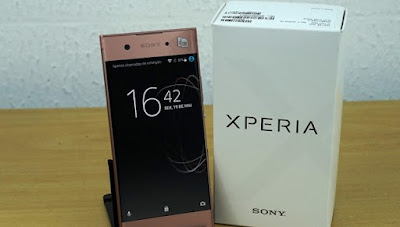

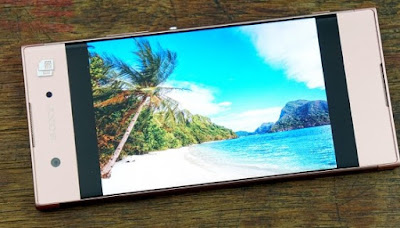
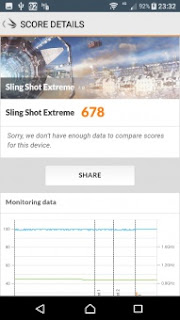
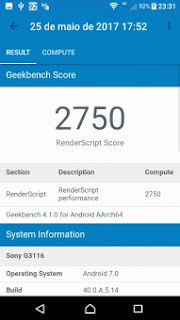
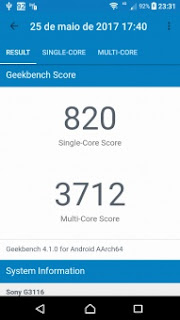


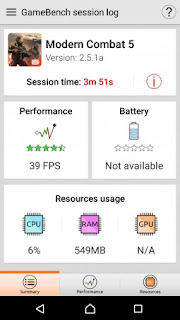
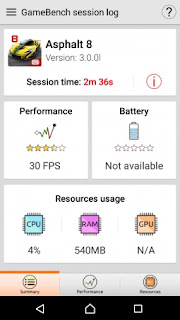

Easily, the article is actually the best topic on this registry related issue. Defective Medical Device
ReplyDeletePost a Comment